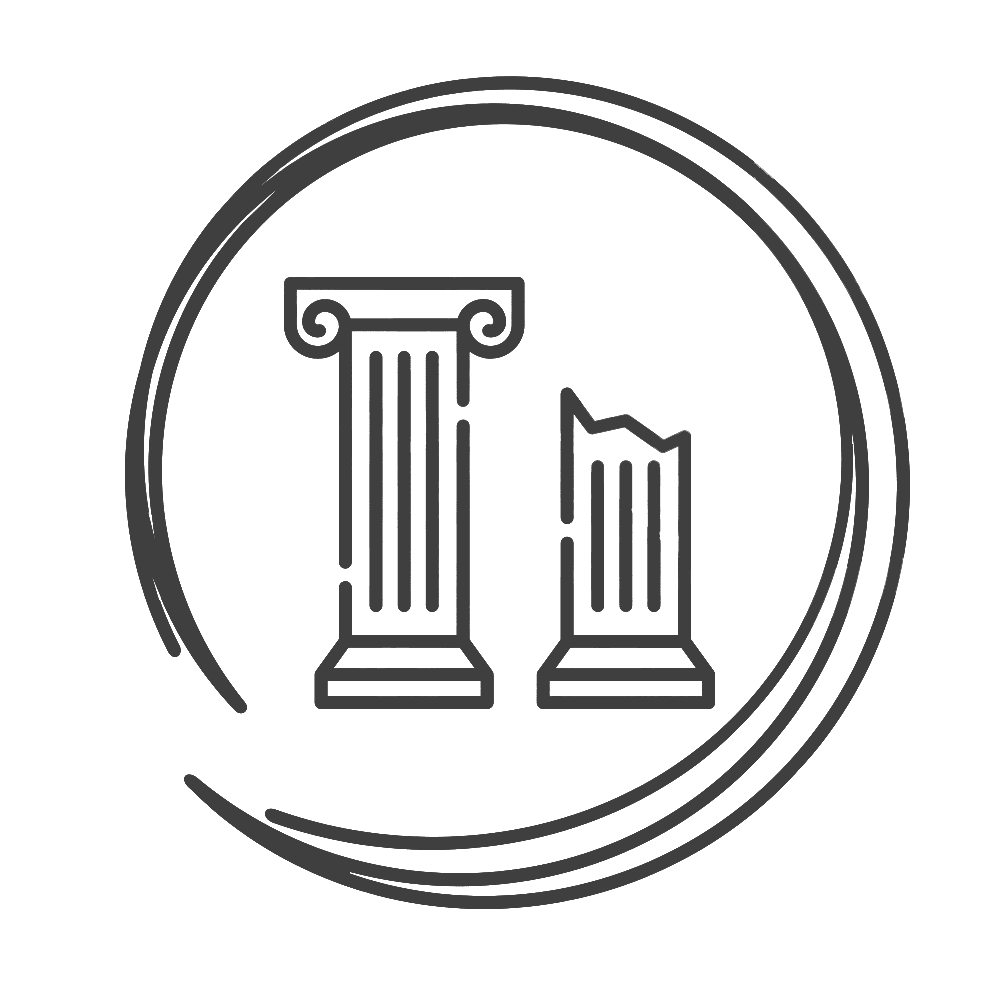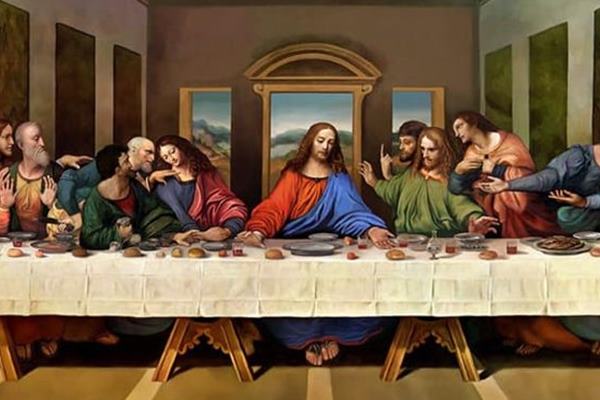The Renaissance vs. Medieval Period

The medieval period is known from the 5th to the 15th centuries as a period. That was the period from the collapse of the Roman Empire to the Renaissance. This time was characterized as a stage in which life was quite challenging. Feudalism has been used as a social structure, and it was also divided into social groups (slavery was allowed). As far as different cultures are concerned, citizens were unable to access education; the influence of the church expanded. On the contrary, from the 14th until the 17th and 18th centuries, the Renaissance was a period that It introduced new ways to see the world as a cultural phenomenon and has groundbreaking methods, and several others in art, literature, culture and politics. That changed the view of society: the role of women, culture, the influence of the Church and so many other.
Two very different eras in human history impacted medieval and Renaissance literature. The works of daily routine influenced their mentality during the Middle Ages (A.D. 1066-1500) during that period. This resulted in the development of medieval literature through these ideas. But after the major rediscovery in A.D of the classical civilizations. Renaissance literature is still used among people from 1500-1660. While both styles of writing vary a lot from opposing life ideologies, which contribute to two distinct identities in their experiences as a section of society. Throughout the Middle Ages, fantasy and fact were mixed with great focus. While the characters are fictional, their identities exceed those of the imaginary (God, the angels, saints.. and the respected leaders). Such tales also included the principles of dignity and passion, which in the literature revived the values of chivalrous. Nevertheless, in these plays, there was a spiritual connotation. Since these manuscripts could only have been copied by priests in convents, perhaps a few of them were made accessible to the rich and the noble. For farmers, such tales can only be transmitted by word of mouth communication from down the generations. Throughout his social class accounting at this moment Geoffrey Chaucer (1343- 1400), for instance, the legendary founder of the Canterbury Tales. In his story, one of 3 fundamental estates or social groups is the protagonist. The estates were used to classify people in feudal English society.The Second Estate, for example, was made up of the nobleman, along with the aristocratic families, the duchesses, and others like the Knight and also the Squire in the Canterbury Tales. Harry Bailly, the book’s innkeeper, says the Cabal first reveals his tale at the beginning of the pilgrim ‘s history contest and acknowledges that the Cabal is highly graded in society. But the Miller insists that after the Knight says his lie, he informs his next social order, by upsetting it. This description seems to indicate that Chaucer is in a situation where patriarchal social order usually is challenged and disturbed. Chaucer explored ethical standards and lessons in The Canterbury Tales. Not only in the principal narrative, but also in the pilgrims’ story, he gives moral lessons. Certain lessons are that love overcomes everything, desire only gets you into a difficult situation, religion and morality are virtuous and honour and honesty are appreciated. Afterwards, he was known for being one of the greatest medieval authors ever.
In contrast to the religious belief-driven factors of forms of literacy during the Middle Ages, Renaissance thinkers returned to the idealism of classical civilizations during the A.D. About 1500- 1660. Rather than dwelling on the hopes of a future, males and females in the Renaissance were obsessed with it – the “here and now”. Throughout this period emotions and feelings have been the major factor to humanitarian and the story has been more character-oriented instead of adventure. Conversely, Renaissance literature revolved more around having a real humanitarian main character with either real stories to share. In his legendary epic poet Paradise Lost, for example, John Milton (A.D. 1608-1674) revealed a more humanist and confident Lucifer who craves heavenly strength. The poem refers to the bible tale about the collapse of the man: Adam and Eve’s torment by a fallen angel. The intent of Milton, as mentioned is to “justify the ways of God to men.”This marks the transition of concepts in modern Renaissance literature towards traditional medieval literature.
It was a major cultural success of the Renaissance that the printing press was developed. The writers were also inspired to submit in the native dialect. The writers went after and went from Greek and Latin to vernacular. In this period, literature reached new levels in the type of Elisabethan. A human image, called Humanism, was seen throughout the literature. English literature was faced with a dark period in the Medieval Ages. Latin and Greek were the languages of the time. Parchment paper used by those authors of that age and all the text was carefully crafted by an educated writer.The Renaissance was a cultural movement that involved learning reconstruction, infrastructural development and progressive education reforms. In addition, the Renaissance is a bridge between both the Middle Ages and the Modern Age. It is most famous because of its art since it was the age of masterpieces like Leonardo da Vinci, Petrarch, Dante but also Michelangelo. Moreover, the Renaissance and the Middle Ages the prominent difference is the art. The artists of the Renaissance accompanied the more classical art form. The beauty and religion of humans were mostly described. Renaissance artists were deeply inspired and had double-dimensional effects. A popular example of Renaissance art is Michelangelo's David. Gothic art was represented in the middle ages. The Gothic architectural style is marked by spikes and braided cellars. This form of representation included fine woodwork and stonework. Gothic art used flying butterflies and decorative gables. The Notre Dame Cathedral in Paris is a prime illustration of medieval times. On the contrary, the church 's influence had been at its height in the Middle Ages. In the life of individuals, the church had a powerful effect. People were observing the rules of the church since the church was believed to come directly from Heaven. Over time, this device has been subject to many defects which contribute to its failure. Only another universal European organization was the Roman Catholic Church just before the Renaissance. The Renaissance age has brought about the ideal of humanism. This era greatly influenced modern theology. Medieval times are marked by the idea of a community. People were subjected to real threats of poverty, illness, and war — threats that encouraged collective dependency for employment, religion. A medieval artisan, for example, was part of a guild that defined his business in every aspect. The idea was to ensure that almost all craftsmen live well, but still, no one is much better than all the rest of them. On the other hand, the Renaissance highlighted the importance of human and personal abilities. In the philosophy and art of that period, the concept of individualistic is obvious. Moreover, while middle ages researchers had researched ancient Greek and Roman papers, Renaissance studies have studied to learn much more about human nature and then about God and Christianity. That new definition was called humanism. To summarize the difference between Medieval Period and the Renaissance by an example, the Renaissance illustrates humanism as well.Otherwise, as medieval art was built to teach a lesson, perhaps a story of the Bible, conversely, Renaissance art glamorized the humanity of the persons depicted. Medieval statues were usually unnatural saints. At the other side, David of Michelangelo appears alive. Statues were no more frozen religious pictures but appeared ready to take action.
Emire Deniz SOYDİNÇ
BIBLIOGRAPHY
The Canterbury Tales BOOK by Geoffrey Chaucer
Paradise Lost POEM by John Milton
Facts About the Renaissance by Biography Online.
Hanawalt, Barbara A. 1993. Growing Up in Medieval London. New York: Oxford University Press.
Haskins, Charles Homer. 1927. The Renaissance of the Twelfth Century. Cambridge, MA: Harvard University Press.







